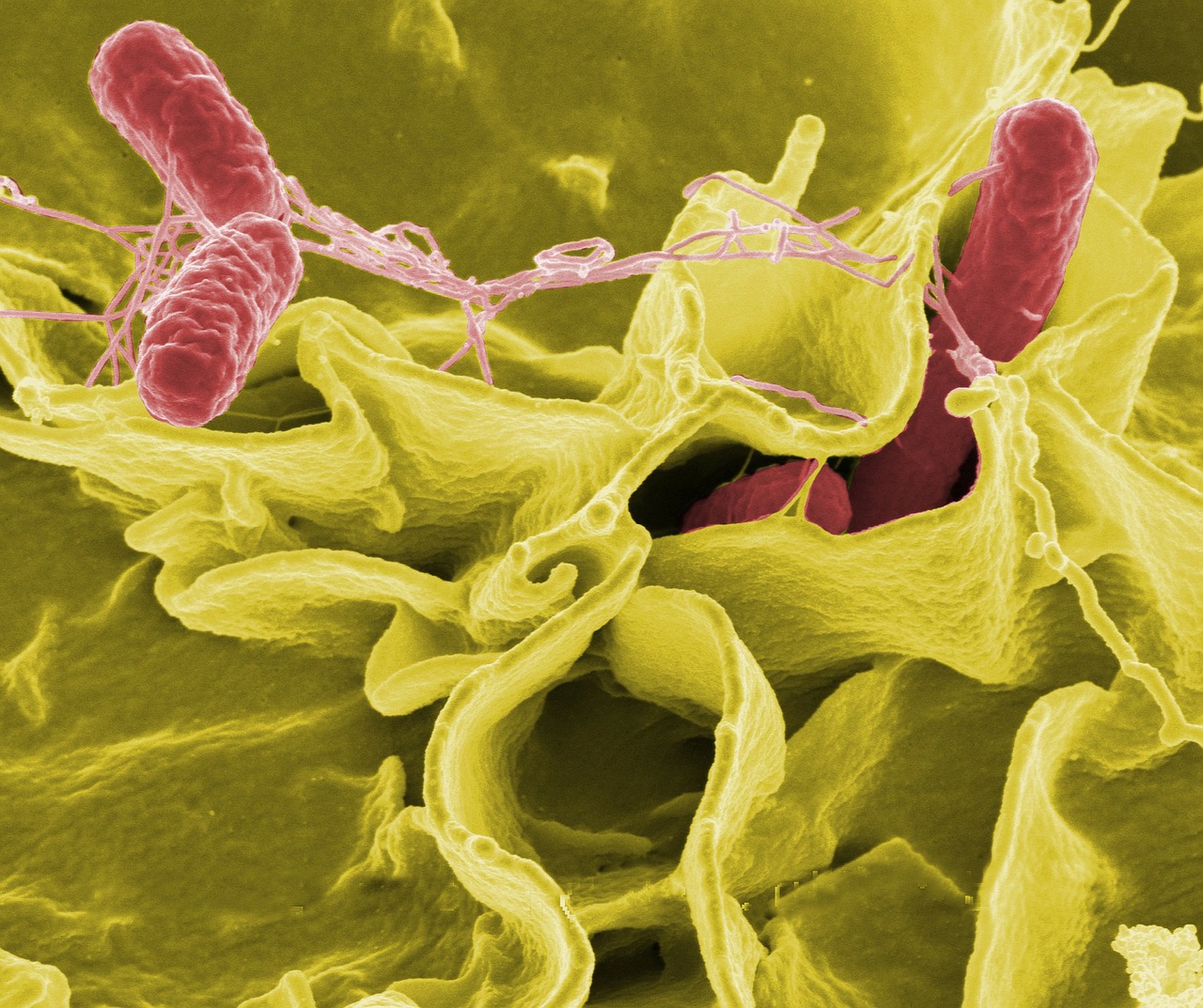Wild Rats Cause Leptospirosis Outbreak: Pollsmoor Prison

Wild Rats Cause Leptospirosis Outbreak: Pollsmoor Prison
In South Africa, in a city called Cape Town, there rests Pollsmoor Prison. This prison is one of the worst in the country, and now its infestation of wild rats has gained national attention. Why? Because the rats have infected the prison population with Leptospirosis, and it is becoming an epidemic. Check out the YouTube video below for the news story.
Pollsmoor Prison is a highly feared prison, as it is filled with violent gangs and criminals. It is also incredibly short staffed, to the point where prisoners are neglected, abused, not exercised, and heavily crowded. The turn over rate is through the roof as well, intensifying the problem.
With this and the fact that the people in charge pay no mind to the deplorable conditions of the facility, humane trapping methods were ignored. Now the rats have bred out of control, feasting on leftovers from prison meals; and two people have already died. Some would say that this isn’t such a bad thing (losing prisoners), but this is just as horrible of a situation for the rats. Now, they rats involved will face horrible deaths while rats world wide suffer from the bad rep; something that could have been avoided if issues were addressed in the first place. It is a well known fact that ANY living creature can carry disease. Here is the original article.
How Did the Rats Cause Leptospirosis In the Prisoners?
 Leptospirosis is commonly spread through rats, particularly through the urine. As the rat roams through the human living space, it deposits tiny drops of urine. This acts as a territorial marking and a way for the rat to find its way back to the nest. Leptospirosis is NOT commonly spread through aggressive actions such as biting; it’s just a chance occurrence with bacteria that was left behind in the form of urine trails. Leptospirosis can most definitely be deadly if left untreated. Symptoms include:
Leptospirosis is commonly spread through rats, particularly through the urine. As the rat roams through the human living space, it deposits tiny drops of urine. This acts as a territorial marking and a way for the rat to find its way back to the nest. Leptospirosis is NOT commonly spread through aggressive actions such as biting; it’s just a chance occurrence with bacteria that was left behind in the form of urine trails. Leptospirosis can most definitely be deadly if left untreated. Symptoms include:
- Inability to eat and loss of appetite.
- A Temperature running between 100-104 F, which constitutes as a high fever.
- Nausea, feeling sick to the stomach.
- Vomiting.
- Headaches that appear quickly.
- Lower back and calf muscle pain.
- Coughing.
- Conjunctivitis.
